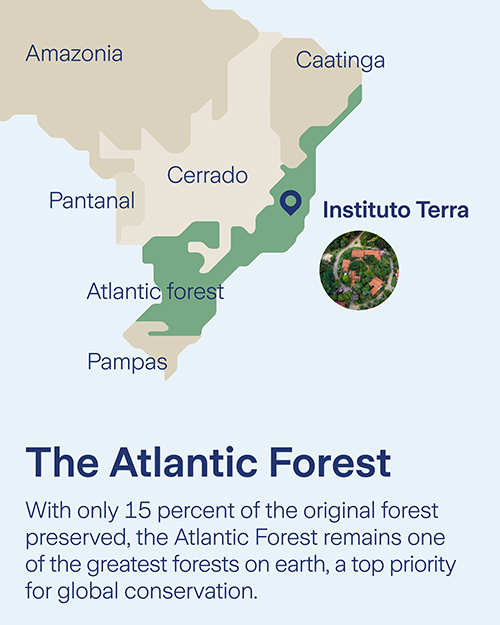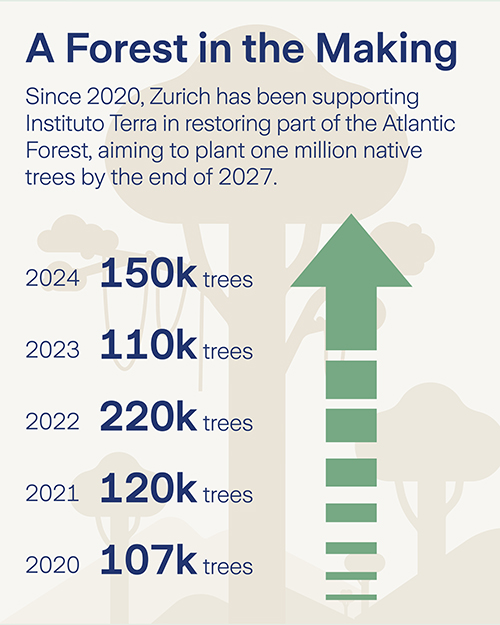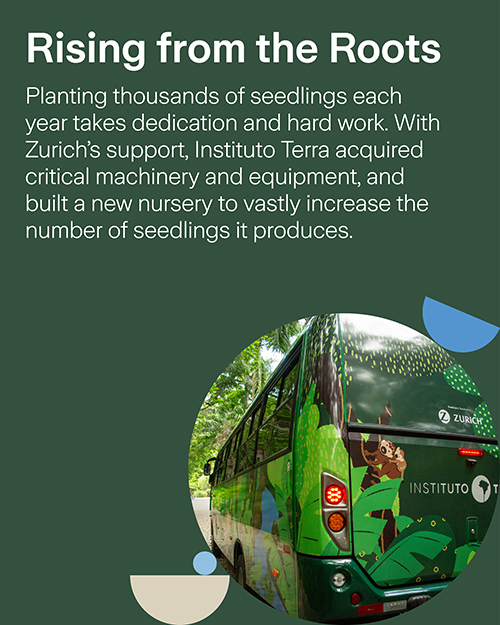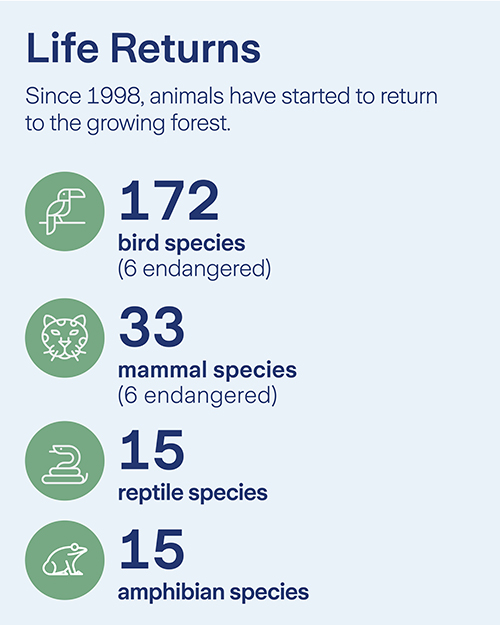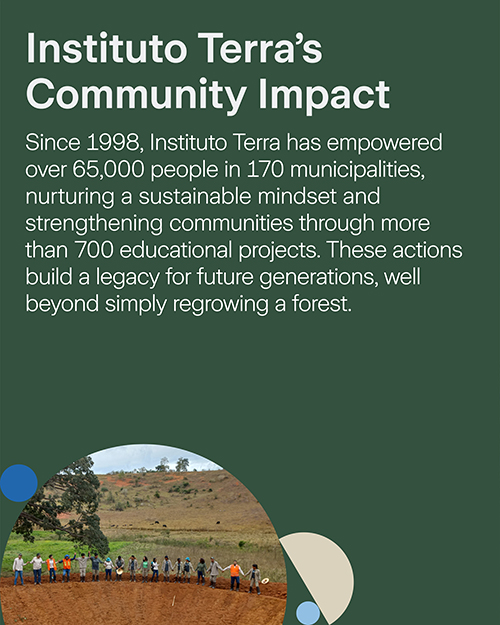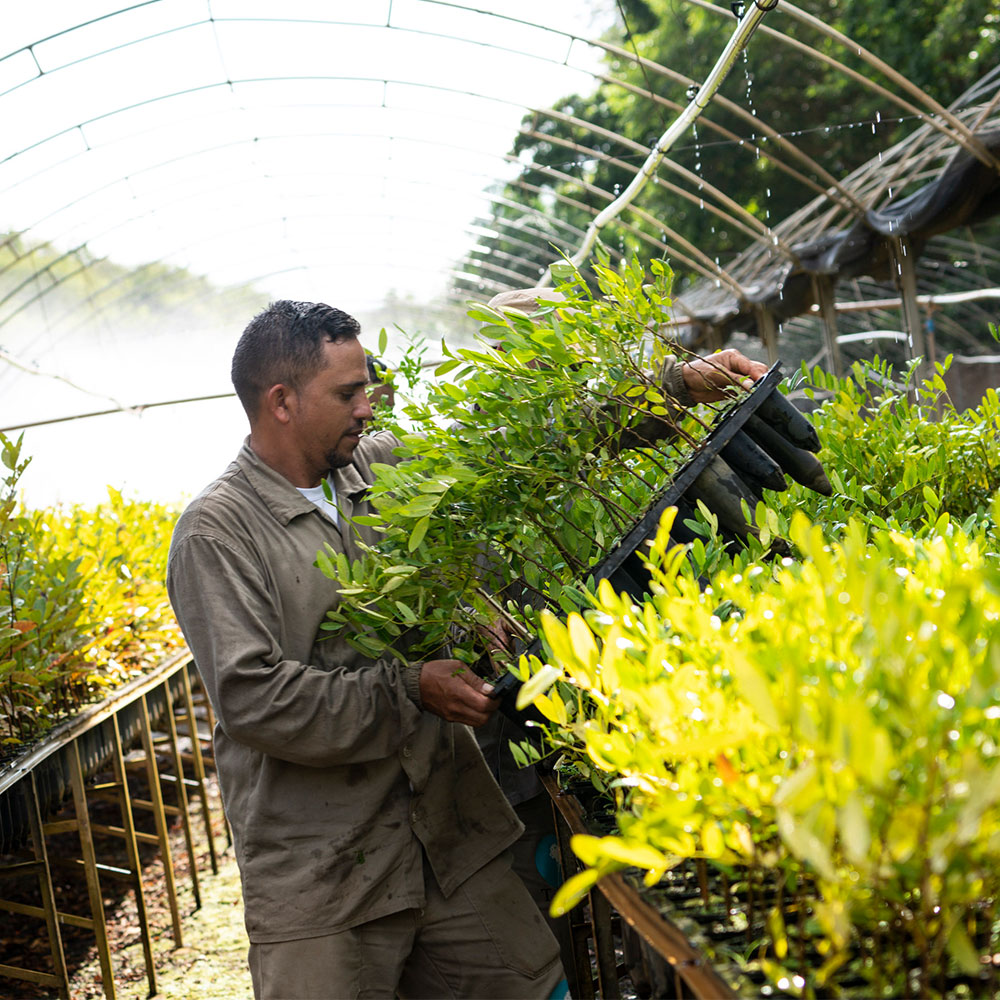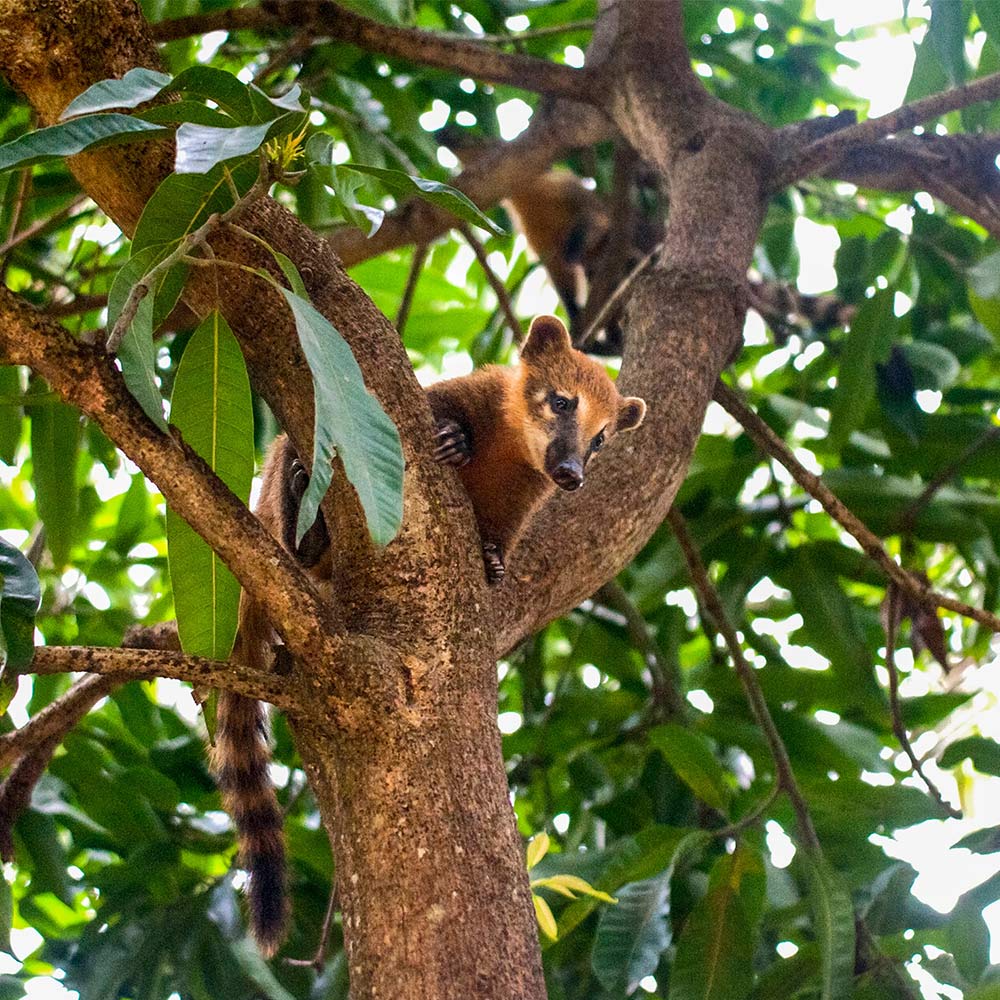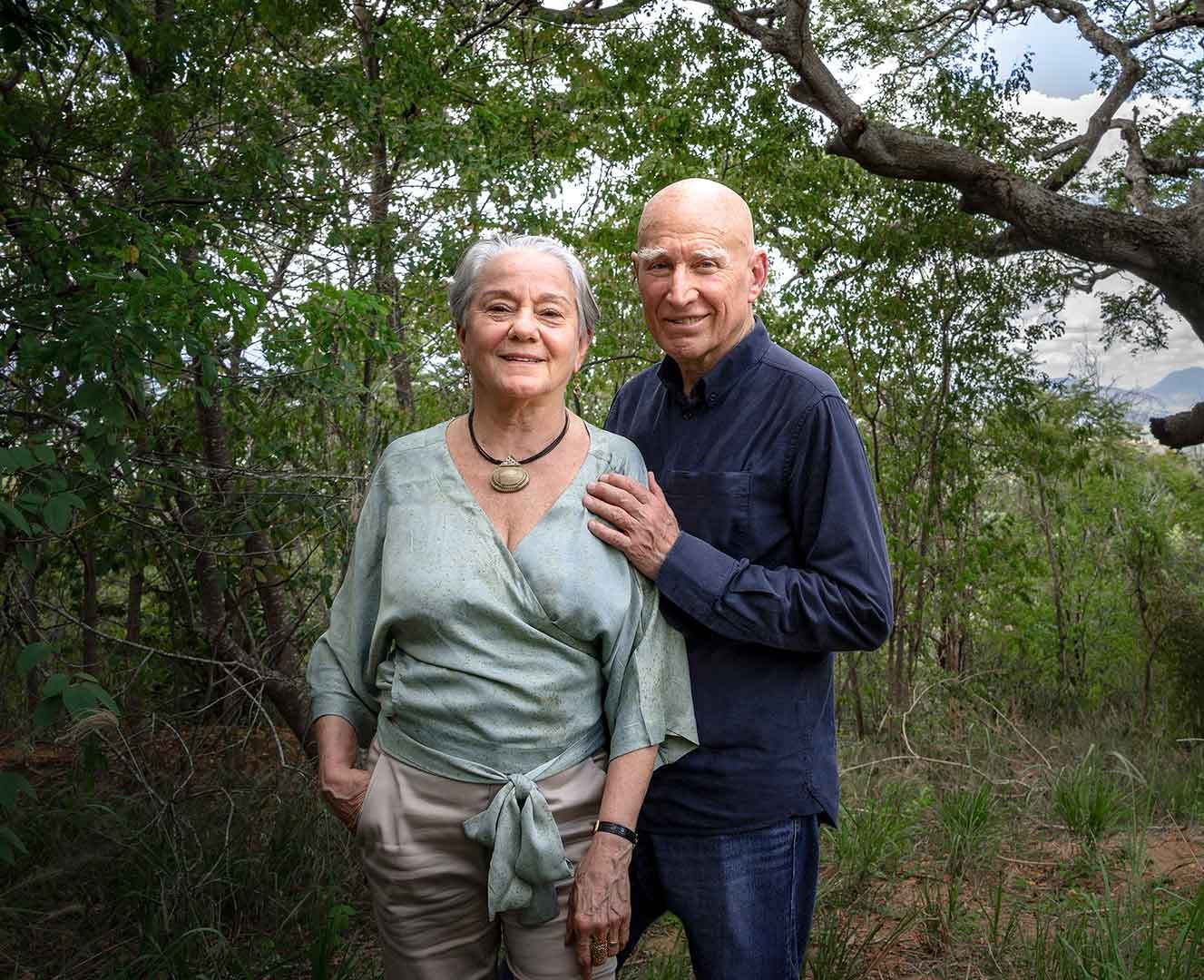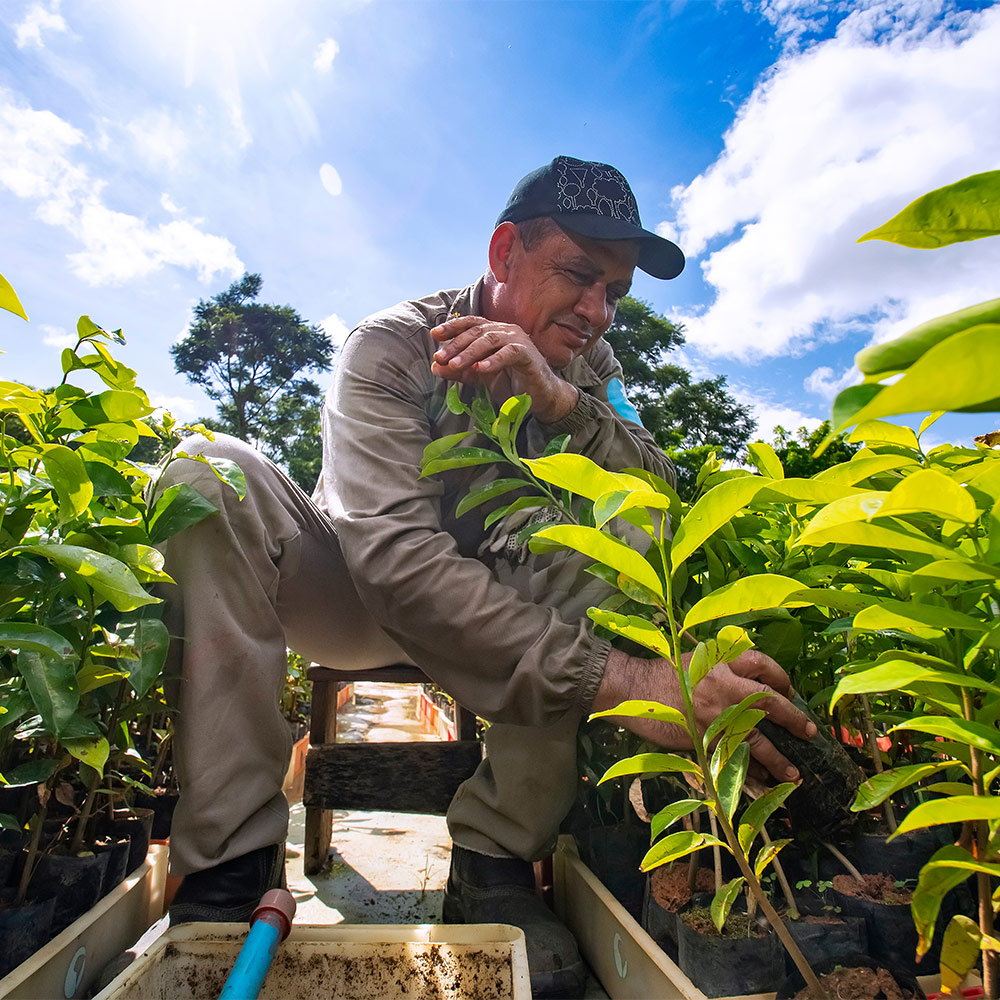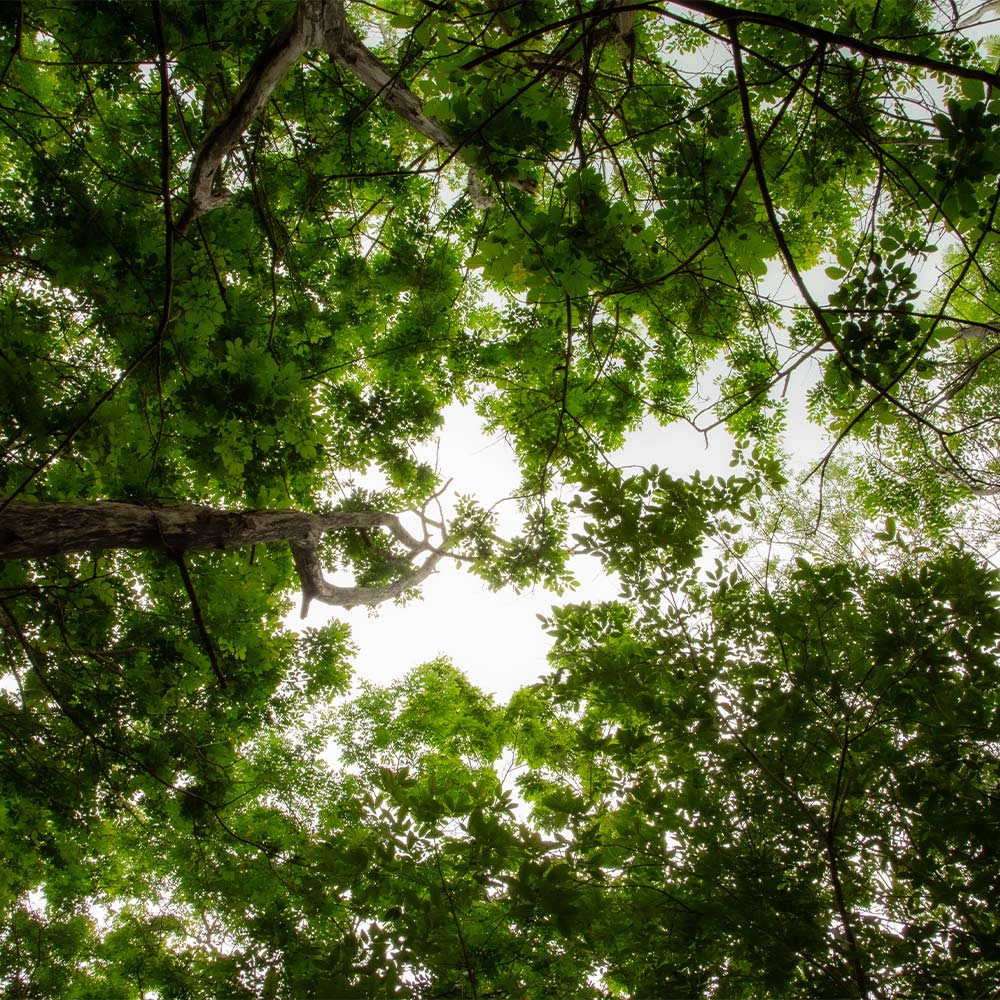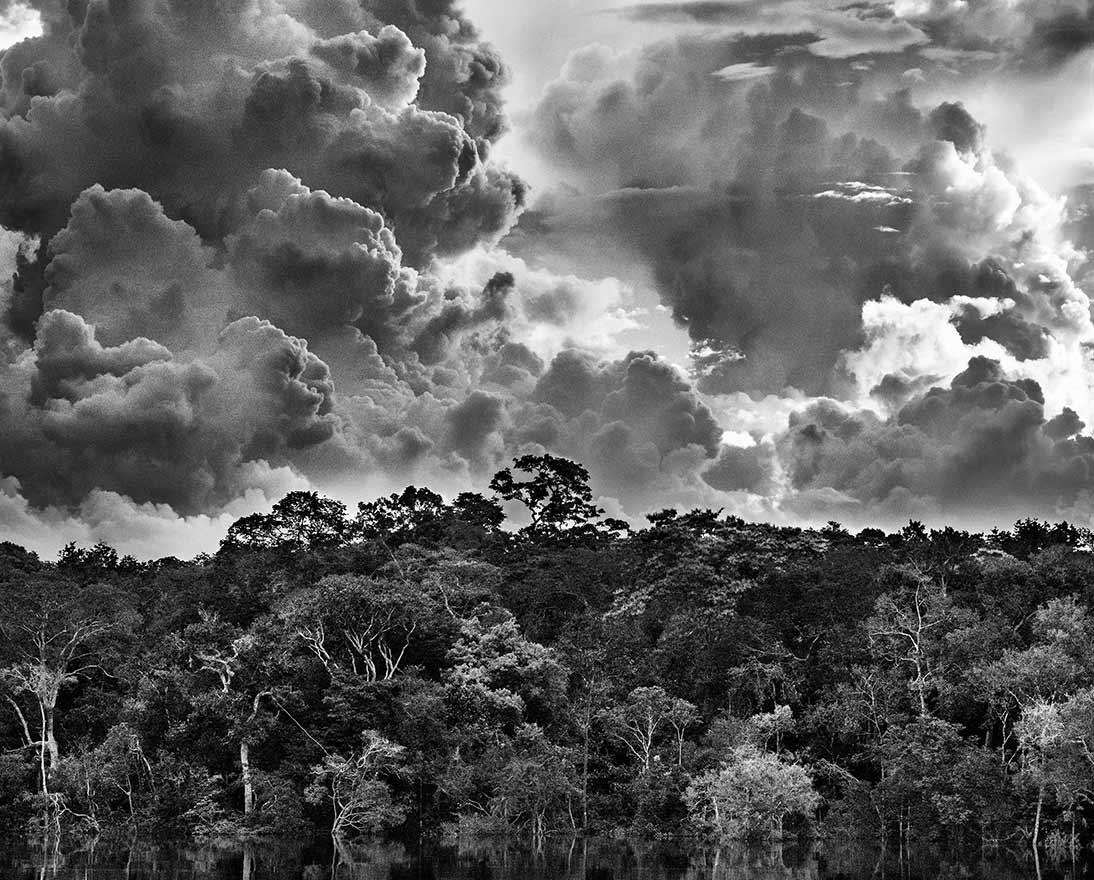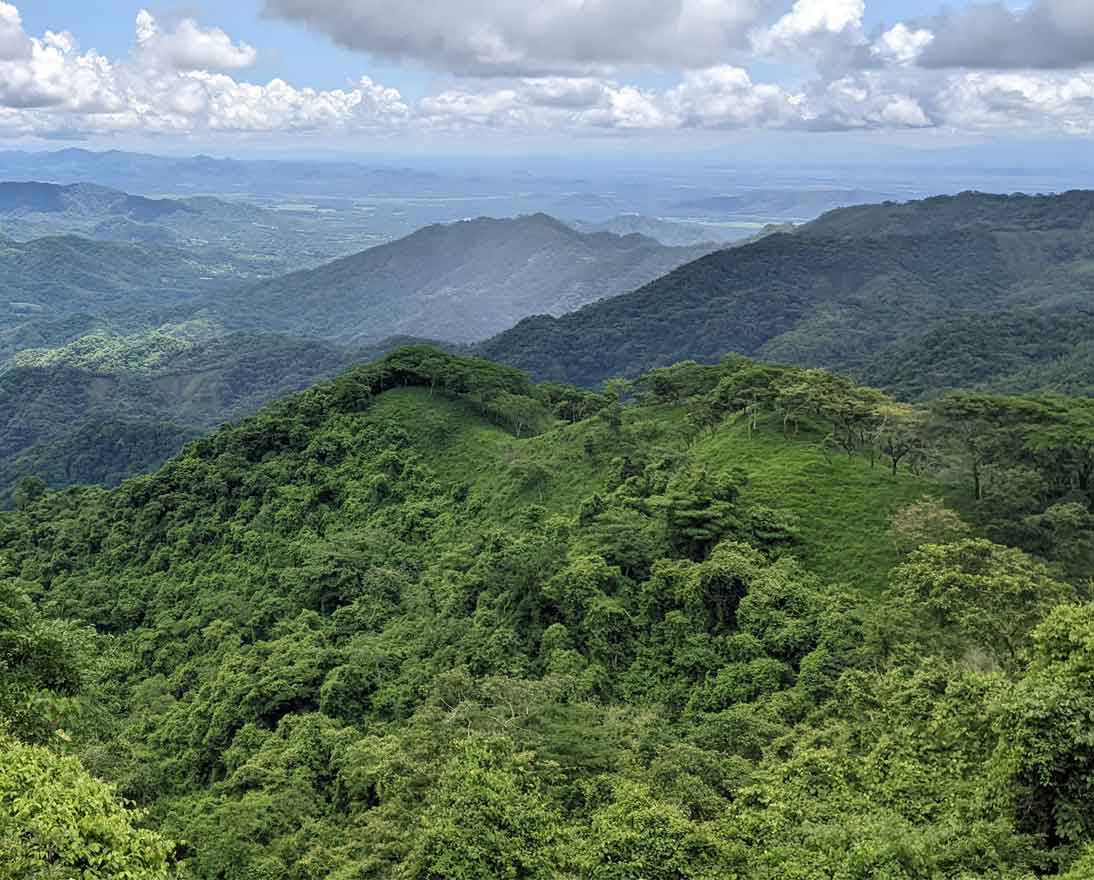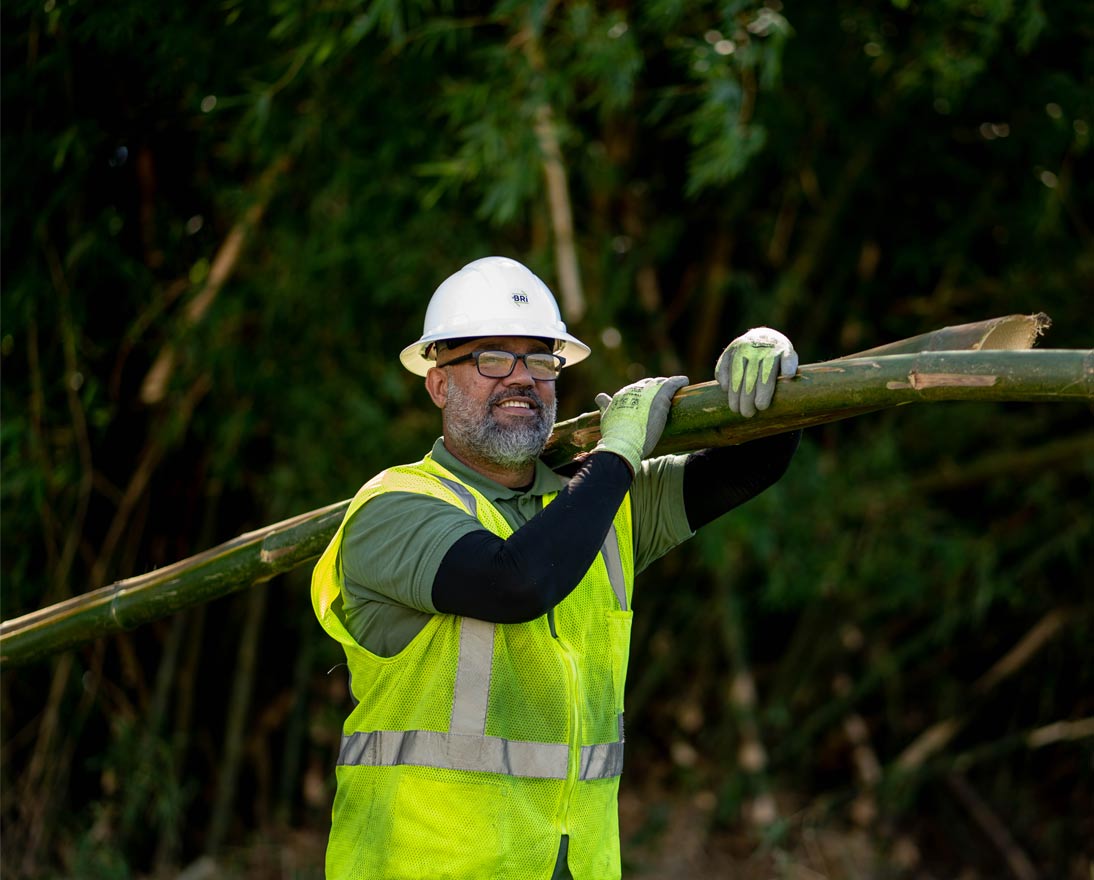
Welcome to the Zurich Forest Project
Working with Instituto Terra, a Brazil-based non-profit, Zurich is helping bring back to life a part of the Atlantic Forest, one of the greatest forests on earth.
“Zurich supports Instituto Terra because its work embodies care: the commitment to nurture a forest back to life – slowly, deeply, and sustainably. This forest is more than trees. It is water and air, soil and shelter. It is past and future, woven together. Above all, it shows that recovery is possible if we care enough to begin.”

Five Years of Collaboration
Together with Instituto Terra, we are celebrating a birthday! Five years of collaboration, care and determination to restore a part of the Atlantic Forest, one of the greatest forests on earth.
Discover the Zurich Forest
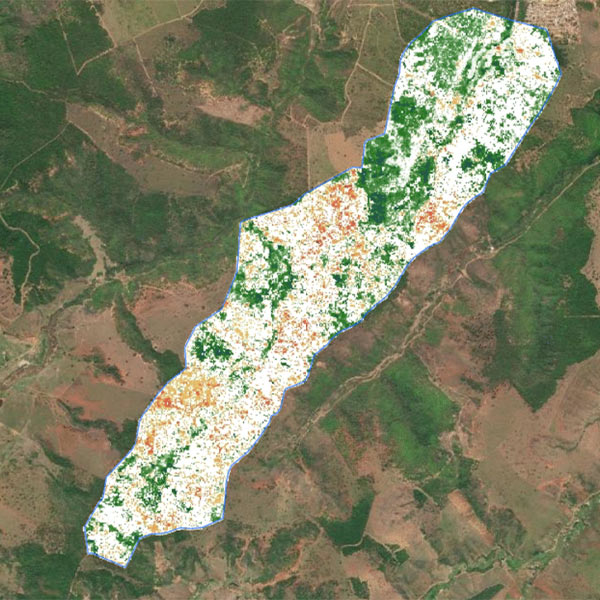
Measuring Impact
Imagine weighing trees - from space! That’s exactly what Chloris Geospatial does: using satellite data and AI to measure biomass changes over time. This means they can offer a science-based view of how landscapes are developing and provide a clear picture of forest growth and regeneration.
Explore their data for Instituto Terra and the Zurich Forest Project.

Contact
If you are interested in joining this extraordinary project, please reach out.
